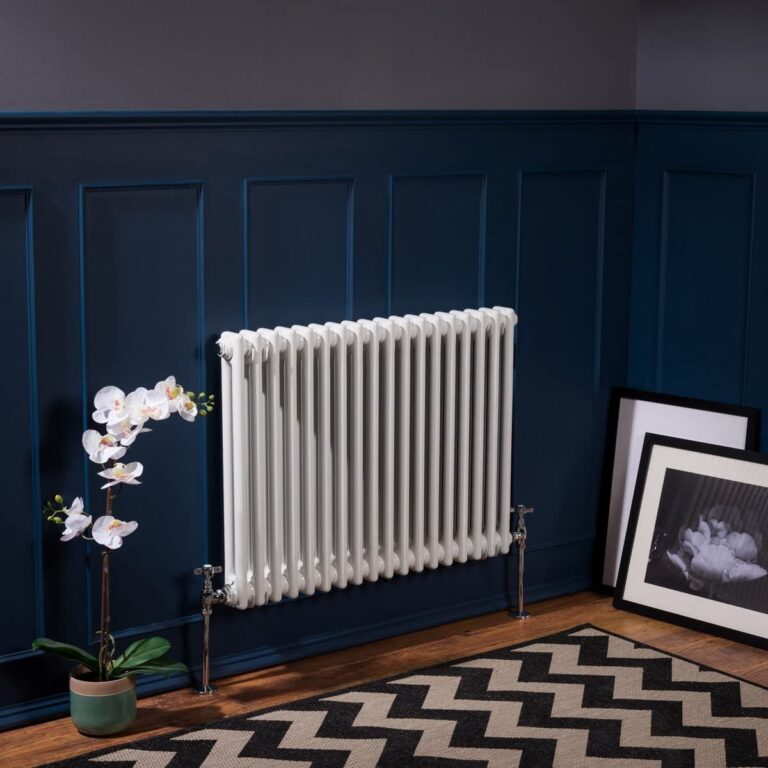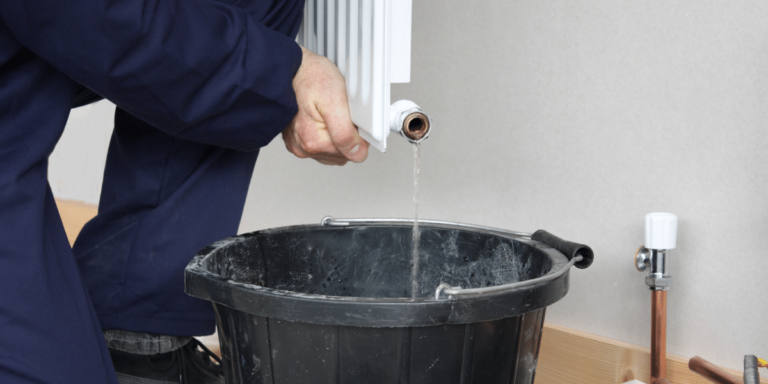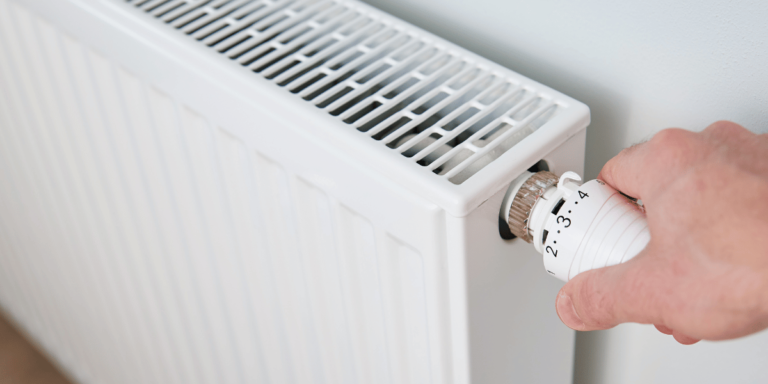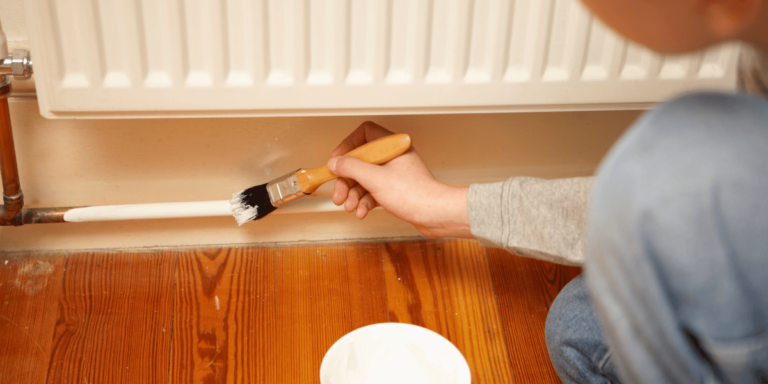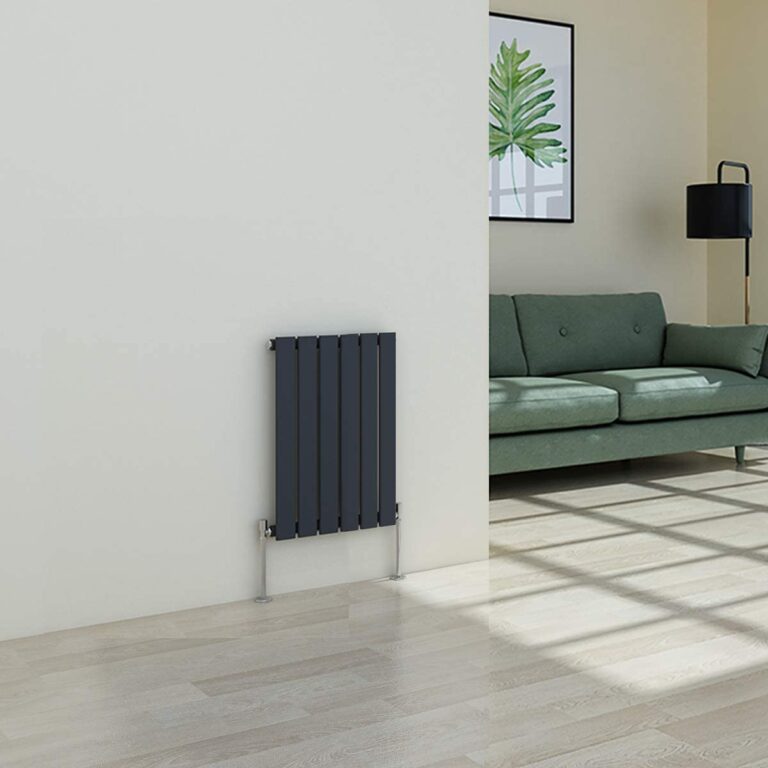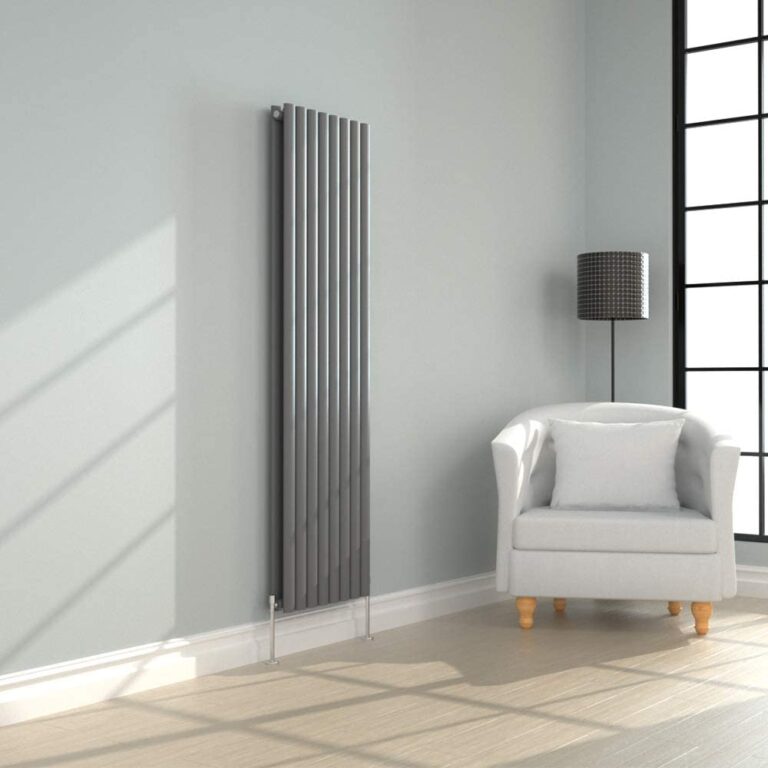Are you noticing your radiators aren’t heating up as quickly and efficiently as they used to? Is it taking longer for them to reach the desired temperature? It may be time for a radiator replacement. But when should you replace your radiators? In this article, we’ll discuss what signs indicate that it’s time for new radiators in your home or office.
Radiators are an essential part of any property’s central heating system. They provide heat throughout the building, keeping occupants warm during cold winter months. When properly maintained, radiators can last many years without needing replacing; however, there will come a time when they must be replaced due to wear and tear over the years.
Knowing when it is necessary to replace your radiators can save you money on energy bills and also ensure everyone stays comfortable inside the property all year round. By understanding the warning signs associated with aged and faulty radiators, you can make sure that yours are functioning optimally at all times. So let’s explore how to tell when it’s time for replacement!
Signs That Your Radiator Needs Replacing
If you have a modern radiator in your home, it can last for many years before needing to be replaced. However, there are signs that may indicate when it is time to replace your current radiator.
One major sign that your radiator needs replacing is if it isn’t providing sufficient heat. This could mean the radiator has been damaged or weakened over time and needs to be swapped out with a newer model. Additionally, if any spots on the radiator appear rusty or discolored, this points towards corrosion and means it should be taken out of commission soon.
It’s also important to check regularly for any leaks around the base of the radiator as well as inspect all of its valves and connections – they may need tightening or servicing if they become loose over time. If any part of the system seems outdated compared to modern radiators, then replacement will likely be necessary.
Keeping an eye out for these warning signs helps ensure that your home stays warm and comfortable throughout the year without having unexpected breakdowns due to an old radiator. Moving forward, let’s take a look at how much it costs to replace a radiator…
Reasons For Radiator Replacement
It’s estimated that up to 40% of a household’s energy bill comes from heating and cooling. Replacing old radiators with new ones can be an effective way to reduce these costs as well as improve overall home comfort. But when do you need to replace your radiator?
In general, radiators should be replaced if they show signs of internal rust or other damage, are not providing enough heat, or have been in use for more than 10-15 years. Over time, the metal used in the construction of radiators will corrode, resulting in reduced efficiency and higher energy bills. If your current radiator is showing any signs of wear and tear it may be worth replacing it with a newer model.
When considering whether to replace a radiator, think about how efficient the existing unit is compared to what’s available on the market. Also consider if you want to upgrade from single panel models to double panel units for better temperature control across different rooms in your home. Ultimately, investing in a modern replacement could save you money over time by reducing energy usage and improving indoor air quality.
What To Consider Before Replacing A Radiator
Replacing a radiator is more than just an afterthought! It’s an integral part of ensuring energy efficiency in your home, and it can be the difference between a comfortable living space and one that’s not quite up to scratch. So when considering replacing a radiator, there are several factors that you need to take into account – from type of replacement radiator to thermostatic radiator valve (TRV) installation.
Firstly, consider what kind of replacement radiator would work best for your home or office environment. You’ll want something that fits easily with your existing system but also provides maximum heat output and improved energy efficiency compared to your old model. If you’re looking for greater control over room temperature then investing in TRVs could be the way forward as they allow you to adjust temperatures per individual radiator rather than having one centralised setting.
Finally, how long do radiators typically last? This varies depending on usage and other factors such as regular maintenance, but usually around 8-10 years is about average before needing any sort of major overhaul or complete replacement. With this information in mind, it pays to weigh up all options carefully before making any final decisions about which type of replacement radiator will suit both your needs and budget best.
Radiator Life Expectancy
On average, radiators last between 10 and 15 years. This statistic is a good indication of the lifespan of your radiator when properly maintained and exposed to normal wear and tear. As time passes, however, there are other factors that can reduce its life expectancy such as energy efficiency, manual control valve issues or incorrect installation due to faulty radiator packaging.
To reach its full potential performance-wise, it’s important to invest in a reliable energy efficient model with an adjustable manual control valve at the start. These valves allow you to regulate the heat output from each individual radiator so that the whole system runs more efficiently with less waste over time. Also consider investing in better quality radiator packaging for improved insulation around pipes which will help protect against any leaks caused by exterior disturbances like weather changes or vibrations from household appliances.
Keeping these points in mind, if you notice signs of reduced performance or find yourself needing repairs more frequently than usual then it may be time to think about replacing your radiator before it becomes too costly.
Cost Of Replacing A Radiator
Replacing a radiator can be an intimidating prospect. The initial cost of removing and replacing your old radiator with a new one could leave you feeling overwhelmed and unsure of what to do first. However, if it’s time for your radiator to go, understanding the costs associated is key in helping you make an informed decision.
The type of replacement you choose will dictate the overall cost. If you’re looking at swapping out a radiator connected to a combi boiler for example, then this might set you back somewhere around £300-£400 excluding any labour charges. An electric radiator may require more work as they need wiring into their own circuit so expect prices to begin at £500 depending on how complex the job is.
It’s worth noting that while there are some upfront costs involved when replacing radiators, investing in a decent quality product now should save money down the line through improved energy efficiency and longevity – plus add value to your home too! Ultimately it comes down to budgeting wisely, doing plenty of research ahead of time and considering all factors before committing to such an important purchase.
DIY Radiator Replacement
Do-it-yourself (DIY) radiator replacement: Is it worth the effort? Replacing old radiators in your home can be a great way to save money while improving the aesthetics of your space. However, is replacing a radiator yourself really worth all the work? Let’s investigate.
When replacing an existing radiator, you will need some basic tools like a radiator key and spanners or even adjustable pliers for manual valves. You may also need a thermostatic valve if you are changing from one model of radiator to another. Make sure you have all these items before starting any DIY project!
Although carrying out this job yourself can be daunting at first, there are many benefits that come with doing it yourself such as savings on labour costs and having complete control over what type of replacement product you use. Additionally, there are plenty of resources available online which provide step by step instructions for installation and maintenance of radiators – making the process much easier than it seems initially.
Overall, replacing a radiator yourself isn’t necessarily difficult but it does require knowledge and dedication. If done right, however, the result could be rewarding both financially and aesthetically. The next section looks into more details about how installing a new radiator can benefit you in more ways than one.
Benefits Of Installing A New Radiator
Replacing a radiator can be an effective way of improving home comfort and energy efficiency. Installing a new, modern, designer radiator is a great option to maximise the benefits it brings. Not only will you get a stylish addition to your room which adds instant character, but also improved heating performance due to the advanced thermostatic valve technology.
A thermostatic radiator provides temperature control in each individual room where it’s installed; allowing for more accurate heat regulation throughout the house than ever before. This may result in lower bills as you won’t have to keep turning up the thermostat when rooms become too cool – all while maintaining consistent temperatures at all times.
An additional benefit of installing a new radiator is that they are usually much easier to clean compared with old radiators. Modern designs are often smoother and feature fewer crevices and ‘seams’ which make them far less likely to collect dust or dirt over time. That means no more scrubbing away those hard-to-reach areas!
TIP: To get maximum bang for your buck, pick out a good quality designer radiator that comes fitted with its own integrated thermostatic valve – this will ensure optimal performance and help you save money on energy costs down the line!
Preparing For Radiator Installation
When it comes to radiator installation, there are several steps that need to be taken in order to ensure a successful outcome. Here is an overview of what should happen beforehand:
1) Select the right radiator for your needs and space – this will involve considering factors such as size, material, BTU rating and style.
2) Gather all the necessary tools which include a power drill with suitable bits, screws and rawl plugs, spirit level and radiator bracket.
3) Have the area where you plan on installing the radiator cleared out – remove any obstacles or furniture from the surrounding area so that you have enough room to work comfortably.
4) Hire a professional heating engineer who can properly install the new radiator securely onto its panel.
It’s essential that every step in preparation for radiator installation is carried out correctly, as failure to do so could lead to potential damage down the line. For instance, if not fitted correctly using appropriate hardware like a radiator bracket or secured tightly against wall panels then issues may arise over time such as leakage or overheating. That’s why it pays off to invest in experienced professionals who know exactly how to fit radiators safely and effectively.
Now that everything is set up ahead of time, we can move on to discussing safety guidelines during replacement work. It’s important to keep in mind certain points when dealing with old radiators…
What Happens During Radiator Replacement
When replacing a radiator, there are several steps involved that ensure it works correctly. The first task is to remove the existing unit so that any connections or obstructions can be addressed properly. Once these have been removed, then a chemical inhibitor should be added to the system before connecting the manual valve which regulates the flow of water into the radiator. This ensures that even after installation, your radiator maintains its optimal temperature without any issues.
The final phase involves testing the newly installed radiator by running hot water through it and double checking all parts of the system for proper connection and functionality. After everything has been verified, you’ll know with confidence that you’ve taken good care of your home with professional radiators replacement services!
Troubleshooting Radiator Problems
Troubleshooting radiator problems can be a tricky task. To make sure you identify any issues correctly, it’s important to understand the common symptoms of an inefficient or failing radiator. One of the most obvious signs is when you come across a cold spot on your radiator – this could indicate that there is internal corrosion as well as other complications within the system. Additionally, if your radiators are not heating up in an even way and some sections remain cool then this may also point to problems with its efficiency.
Aside from these tell-tale indicators, another sign that something might be wrong is if your boiler has been switched off for a while yet your radiators are still warm. This could mean that they have become clogged with sludge which will affect their performance and cause them to overheat. If left unattended, this issue could lead to serious damage so it’s important to get it checked out by a qualified engineer right away.
To prevent such problems occurring in the first place, always ensure that you maintain regular servicing of your radiators and check for any potential damages before they worsen. Regular maintenance will help keep them running efficiently and save you money in the long run by reducing repair costs associated with poor upkeep.
How Long Does A Radiator Typically Last?
When it comes to radiators, one of the most important questions is how long do they typically last? This question can vary depending on the type and quality of radiator that you purchase. Generally speaking, a good-quality radiator will last around 15 years with proper maintenance.
However, if your home gets colder or hotter than usual in certain seasons due to weather changes, or if there’s been any damage to the walls near the radiator, then this could affect its longevity. In these cases, it might be necessary to replace the radiator sooner than expected. It’s also worth noting that older radiators tend to have lower heat output over time.
Therefore, it’s best practice to inspect your radiators regularly for signs of wear and tear and take steps such as bleeding them when needed. Doing so may help extend their lifespan even further!
Conclusion
I’ve answered a lot of questions about when to replace radiators. Now, it’s time for you to decide if it is something you want to take on yourself or hire someone else do the job. Replacing a radiator can be an intimidating task and you’ll need to ensure that you choose the right size and brand in order to get the best performance out of your new system.
The lifespan of radiators depend greatly on how well they are maintained over their lifetime. Regular cleaning your radiators and maintaining them will help extend their life but eventually, like all things, there comes a time when replacing them is necessary. If you find yourself at this point then make sure you consider all factors before making any decisions as finding the right product for your home can make all the difference between efficient heating and costly energy bills.
Ultimately, know that replacing a radiator isn’t always an easy task but with proper research and preparation, it doesn’t have to be too overwhelming either! You now have enough information to assess what needs done around your house and whether or not it involves replacing radiators – so go forth confidently knowing that you can handle whatever project awaits you!

